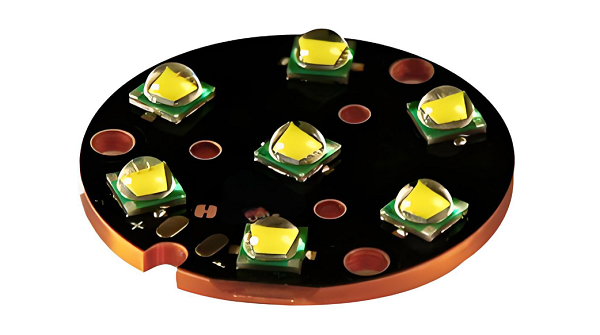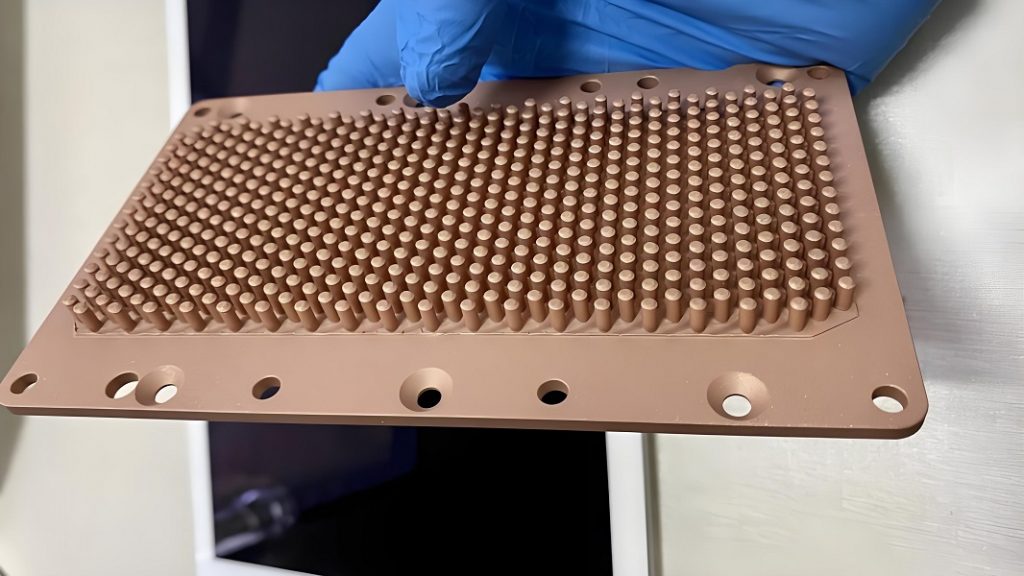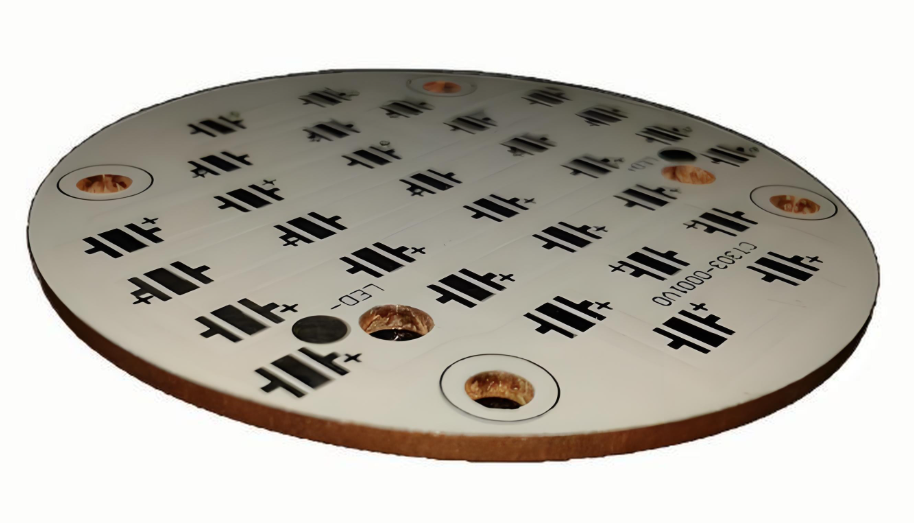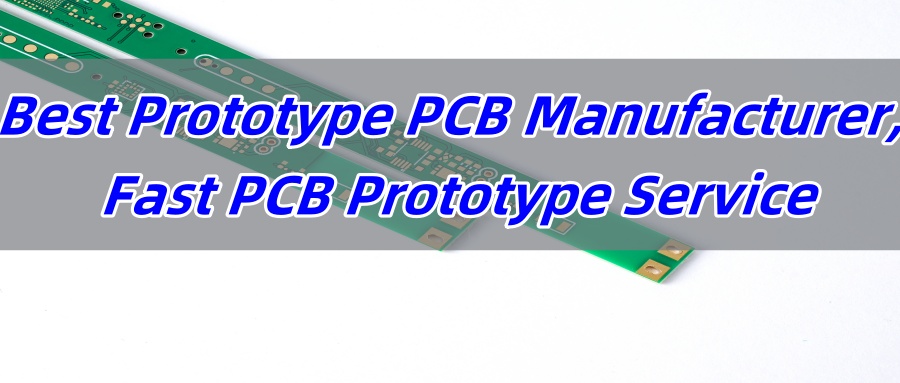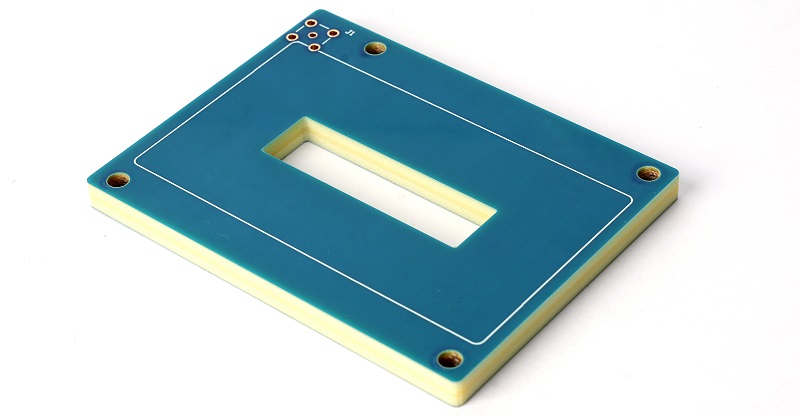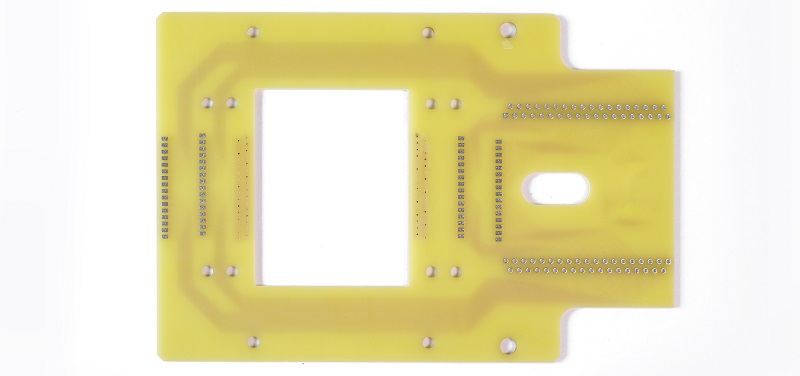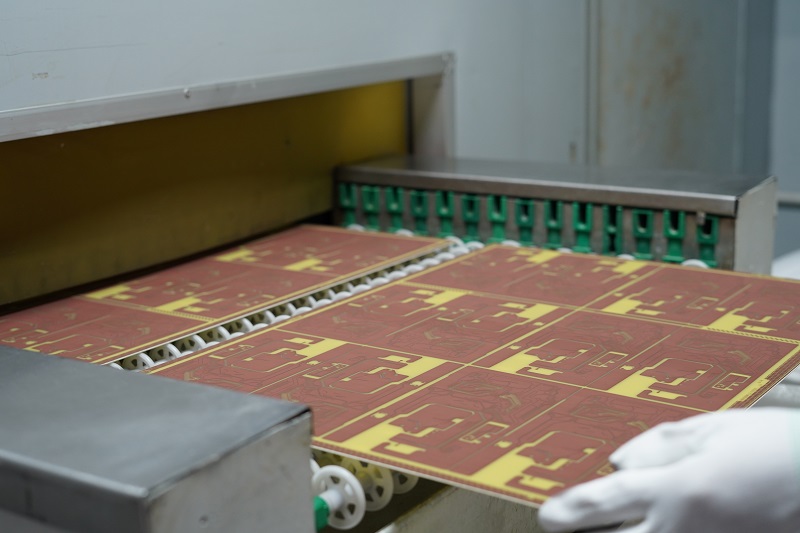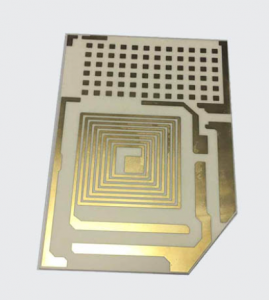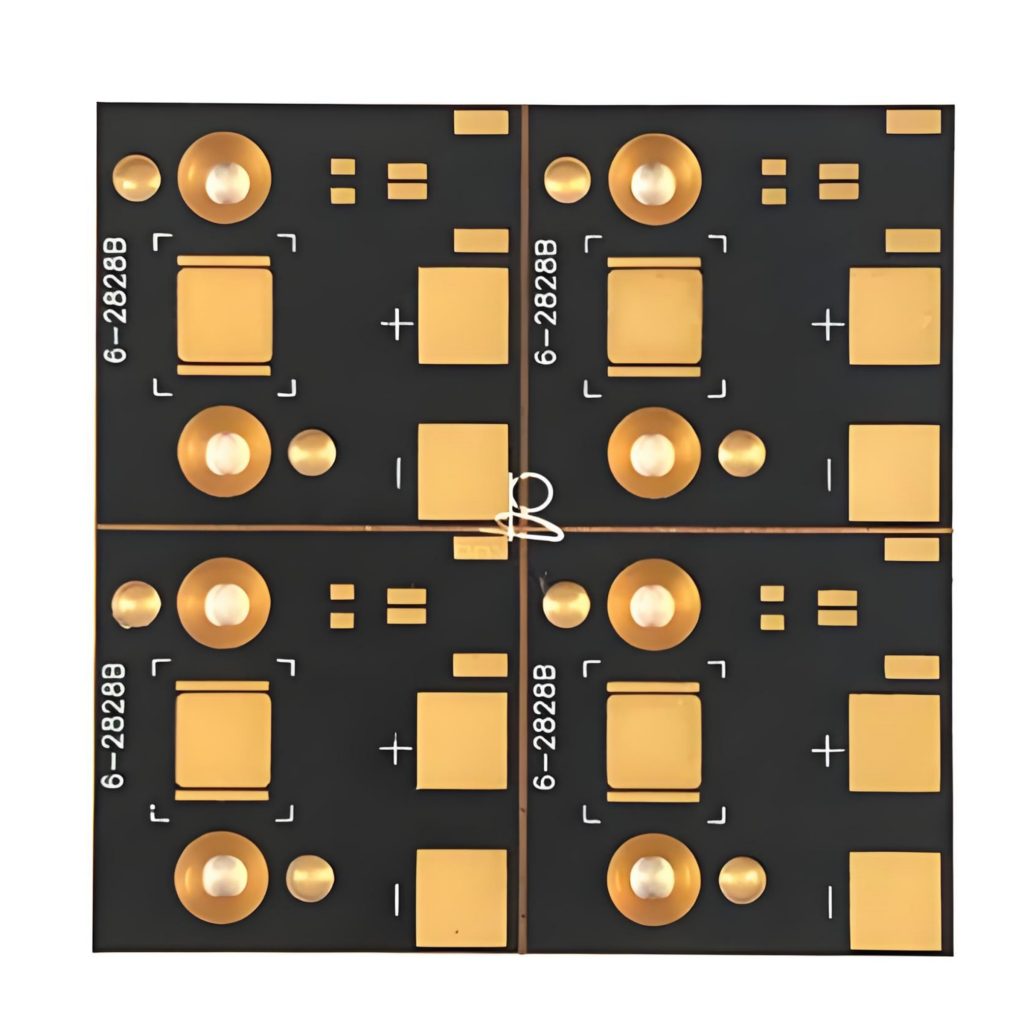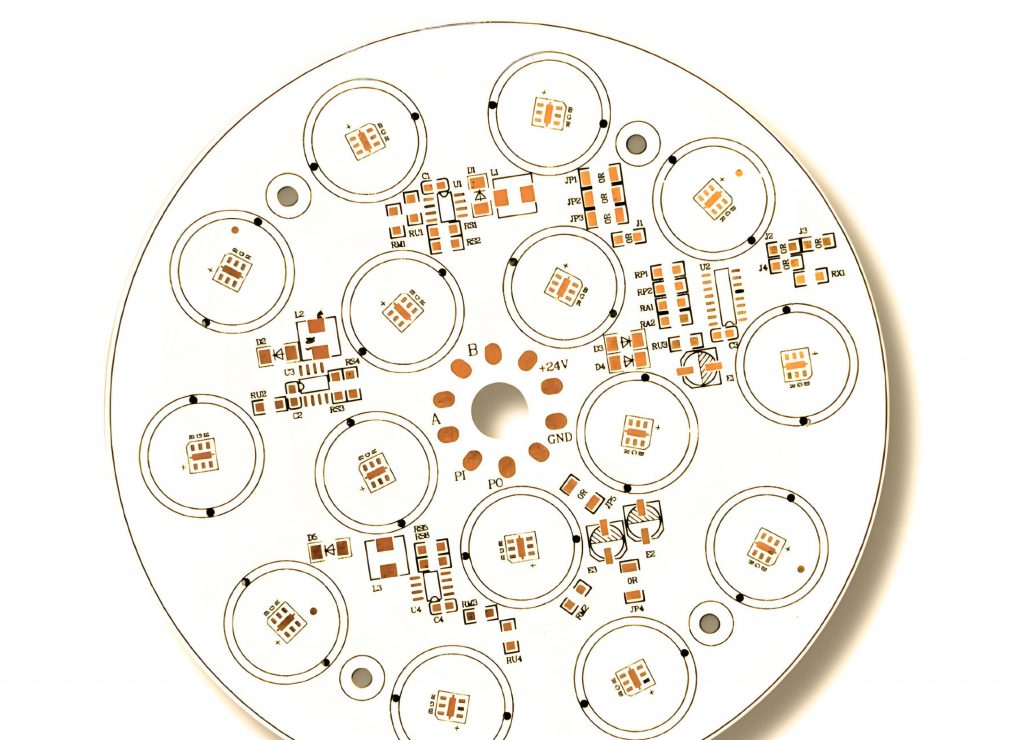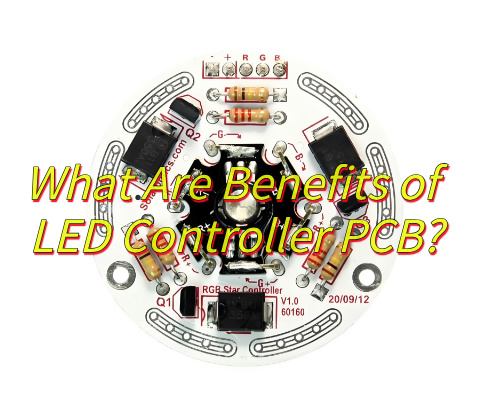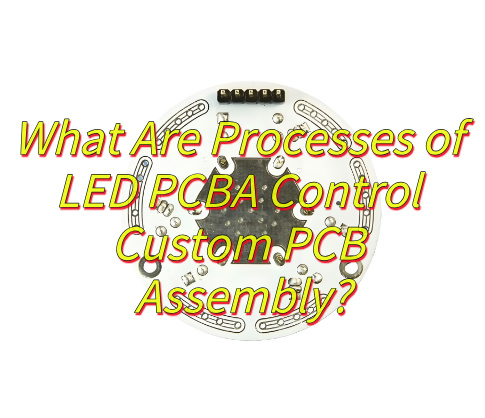Fast turn printed circuit board manufacturers are the go-to choice for companies needing quick, high-quality PCBs. Whether you’re launching a new product or fixing design issues, time is critical. A delay in PCB fabrication can halt your whole schedule. This is where fast turn manufacturers come in to help.
Best Technology is one of the fast-turn printed circuit board manufacturers in China, providing ODM service to the international market. We place a high priority on the customer’s lead time requirements and the PCB quality. Maintaining the PCB quality is the prerequisite that helps us to win the populated market. Best Technology ploughs into purchasing sophisticated equipment every year to better suit the different order requirements of our potential or regular customers. Our market positioning is providing fast turn, high quality, multiple PCB portfolio, small volume to medium volume to the global customers. We have accumulated pertinent experience through solving different cases from our customer base.
If you are looking for a reliable manufacturer for the PCB ODM service, welcome to contact Best Technology at sales@bestpcbs.com to discuss your specific requirements. Best Technology is always here to give you full engagement.
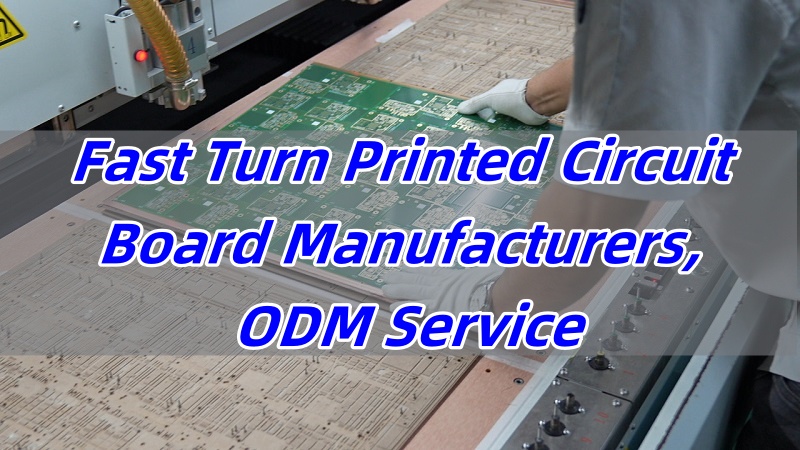
What are the Best Fast Turn Printed Circuit Board Manufacturers?
Choosing the best fast turn PCB manufacturers comes down to a few key things: delivery speed, quality, flexibility, cost-efficiency, and support. Leading suppliers offer a blend of all these factors. They use automated production lines, high-precision inspections, and agile processes. Also, they offer tight communication and clear production updates. This reassures engineers and buyers.
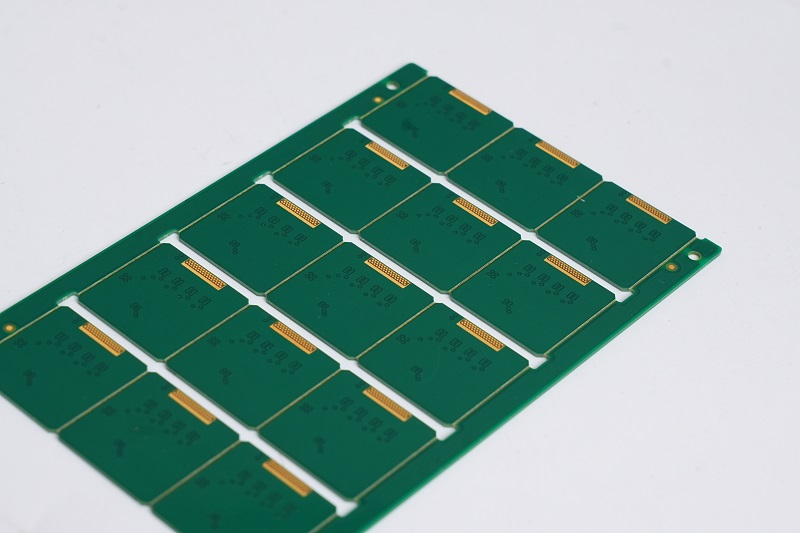
Fast Turn Printed Circuit Board Manufacturers USA
In the USA, many companies offer fast turn PCB services. Here are three popular names that stand out:
- Advanced Circuits â Based in Colorado, they focus on same-day and next-day PCBs. They serve both hobbyists and top-tier industries like aerospace.
- Rush PCB â Located in California, they specialize in prototype and full-scale production. They offer services like quick turn PCB assembly and flexible design help.
- Sierra Circuits â A well-known prototype PCB board manufacturer in the Bay Area. They provide high-speed turnaround and support HDI and rigid-flex boards.
These companies are popular because of their fast response time, wide range of services, and quality systems.
Can Fast Turn Manufacturers Deliver HDI & Rigid-Flex Boards?
Yes, many fast turn PCB manufacturers can handle HDI and rigid-flex boards. These designs are complex. But with the right setup, automation, and skilled teams, delivery is still possible within days. Top manufacturers use laser drilling, stacked microvia tech, and advanced material handling. This allows them to process multi-layer HDI boards and flexible circuits without delay. For example, Best Technology uses smart process planning and DFM checks. This ensures quick delivery even for tough designs.
How Do Fast Turn PCB Manufacturers Ensure Quality Control?
Speed without quality is useless. Reliable fast turn PCB manufacturers build quality into every step. They adopt IPC standards and have inline AOI, flying probe tests, and final inspections. Some also use advanced systems for material tracking. For instance, Best Technology uses MES systems to track the quantity and the material storage position of the components. This reduces human error and boosts traceability. âAdditionally, certifications such as ISO 9001, IATF 16949, and ISO 13485 demonstrate a manufacturerâs ability to comply with strict industry requirements and regulatory standards.
How Do Top Fast Turn Printed Circuit Board Manufacturers Balance Speed with Cost-Efficiency?
Balancing speed and cost is not easy, but top players have found a way. They invest in automation to reduce labor costs. They also use lean manufacturing and optimize batch sizes. Smart use of materials and efficient scheduling brings costs down further. Plus, digital tools like ERP and real-time order tracking help reduce waste. Best Technology also controls raw materials by sourcing directly, which helps manage pricing without compromising lead time.
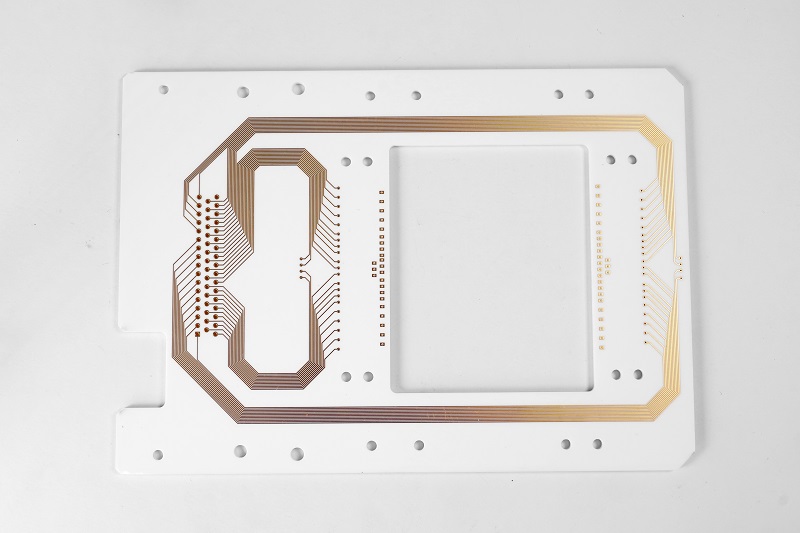
How to Find the Fast Turn Printed Circuit Board Manufacturers?
Hereâs a simple path to find the right partner:
- Search smart â Use keywords like âquick turn PCB USAâ or â24 Hour PCB Manufacturer, No MOQ.â Look for reviews and testimonials.
- Check capabilities â Can they build your board type? Ask for a manufacturing capability sheet.
- Ask for lead times â Good suppliers provide 24-hour to 5-day options depending on board complexity.
- Review certifications â Make sure they are ISO certified. This reflects their commitment to quality.
- Test their service â Try a prototype run. Check their delivery speed, communication, and documentation.
A well-structured search saves time and gives you better outcomes. Choosing a supplier with end-to-end service also helps reduce coordination costs.
Why Should You Choose Best Technology as One of Your Fast Turn Printed Circuit Board Manufacturers?
Best Technology is not only quick â itâs precise, flexible, and responsive.
- Fast response and delivery:Â We ship standard PCBs in as fast as 24 hours and complex ones in 5-7 days.
- Good Quality: We use AOI, flying probe, and ICT for 100% quality tracking. Our factory is ISO9001, IATF16949, and ISO13485 certified.
- Custom design and support:Â We offer ODM and one-stop service, including design review, manufacturing, and assembly.
- Strong R&D team: We believe in long-term collaboration. With strong R&D and solid engineering support, you rest assured that we can tackle your assorted cases. Most of our engineers have over 10 years of experience.
Moreover, our factory supports various PCB types, such as HDI, flexible, rigid-flex, metal core, and ceramic. This helps reduce your vendor list and makes communication easier.
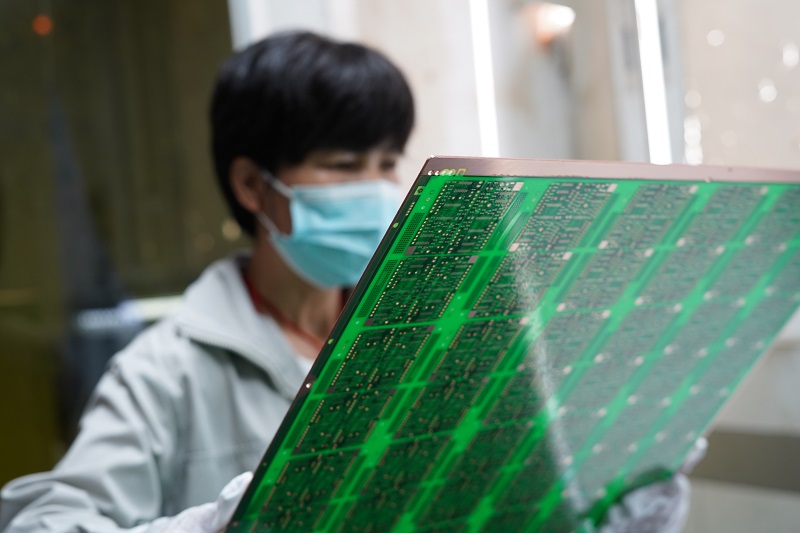
As a concluding remark, fast turn printed circuit board manufacturers play a critical role in PCB product success. But speed isnât enough. You need quality, communication, technical strength, and cost control. In this space, Best Technology checks all the boxes. We donât just deliver printed circuit board fast, we deliver right solution as well. If youâre looking for a trusted partner for fast, reliable, and customized PCBs, reach out to Best Technology at sales@bestpcbs.com. Weâre ready to make your next project faster and better.



